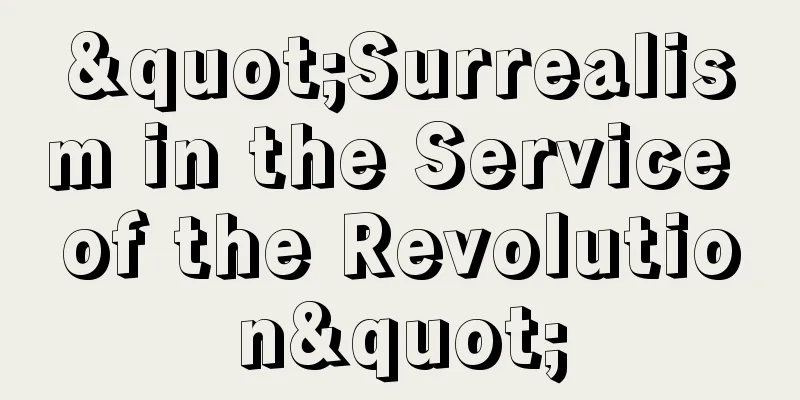Eison

|
Year of death: 25th August 1290 (29th September 1290) Year of birth: Kennin 1.5 (1201) A Ritsu sect monk from the Kamakura period. He was the founder of Saidaiji Temple. His pen name was Shienbo. He was born in Yamato Province (Nara Prefecture) as the son of Keigen, a scholar at Kofukuji Temple. His mother was a member of the Fujiwara clan. In 1207, he lost his mother at the age of seven, and was adopted into a family living in front of the temple of Daigoji Temple. Through this connection, he entered Daigoji Temple, and in 1217, at the age of 17, he became a monk under Daigoji Eiken. He subsequently studied Esoteric Shingon Buddhism at Daigoji Temple, Mount Koya, Todaiji Temple, and other places, but in 1234, he became concerned about the fact that many practitioners of Esoteric Shingon Buddhism were falling into the path of evil, and he concluded that this was because they were not observing the precepts, and he decided to aspire to restore the precepts. In September 1236, together with Kakusho, Ensei, and Yugen, he took the precepts at the Hokkedo Hall of Todaiji Temple, where he had a good dream and became a monk. After moving to Kairyuo-ji Temple in Yamato, he settled at Saidaiji Temple in 1238, from which he worked to spread the precepts and also launched a movement to save hinin, or non-human beings, who had been excluded and marginalized from the social system in the Middle Ages. His efforts to save hinin were based on the belief that hinin were incarnations of Manjusri Bodhisattva, and he carried out memorial services for hinin. The largest such event was a memorial service for hinin held on March 25, 1269, to commemorate the completion of the statue of Manjusri Bodhisattva at Hannya-ji Temple, located halfway up Narasaka. On this occasion, each hinin, who was considered to be an incarnation of Manjusri, was given the precepts of fasting, and they were given food such as rice and begging utensils such as a shallow pot. However, while Eison regarded non-humans as incarnations of the holy Manjusri, his view of non-humans was quite ambivalent, as in the prayer he composed at this time he stated that the blind, deaf, and mute, as well as those who had become non-humans due to "leprosy," had contracted these diseases as a result of the sin of slandering Mahayana Buddhism in their previous lives. In 1262 (Kōchō 2), he also traveled to Kamakura at the invitation of Hojo Tokiyori of the Kamakura shogunate. Following the Mongol invasion, he visited Ise Shrine and Iwashimizu Hachiman Shrine to pray for the surrender of foreign powers in order to ensure peace for the holy court. In 1286 (Kōan 9), he was also active in fundraising and repair activities, such as rebuilding the Uji Bridge, on the condition that the ban on killing be carried out by destroying the wickerworks over the Uji River. <References> "Saidaiji Eison Biography Collection" edited by the Nara National Research Institute for Cultural Properties, "Eison and Ninsho" by Yoshio Wajima (Ryoichi Hosokawa) Source: Asahi Japanese Historical Biography: Asahi Shimbun Publications Inc. About Asahi Japanese Historical Biography |
|
没年:正応3.8.25(1290.9.29) 生年:建仁1.5(1201) 鎌倉時代の律宗の僧。西大寺の中興開山。字は思円房。興福寺の学侶慶玄の子として大和国(奈良県)に生まれる。母は藤原氏。承元1(1207)年,7歳で母を失ったため,醍醐寺門前の家の養子となり,その縁で醍醐寺に入って建保5(1217)年,17歳で醍醐寺叡賢を師として出家した。以後,醍醐寺,高野山,東大寺などで真言密教を学ぶが,文暦1(1234)年,真言密教の行者が多く魔道に堕ちていることに疑問を抱き,その理由は戒律を保っていないことにあると結論して戒律の復興を志すに至った。嘉禎2(1236)年9月,覚盛,円晴,有厳と共に東大寺法華堂で自誓受戒をし,好夢を感じて比丘となった。大和海竜王寺を経て,暦仁1(1238)年,西大寺に住み,以後そこを拠点として戒律の普及に勤めるとともに,中世に社会体制の外部に排除,疎外された非人救済運動も展開した。 彼の非人救済は,非人を文殊菩薩の化身とみなして非人施行を行うもので,その最大のものといえるのが,文永6(1269)年3月25日に奈良坂の中腹にある般若寺文殊菩薩像の完成を記念して,非人2000人を集めて行われた非人供養である。この際には文殊の化身に見立てた非人ひとりひとりに斎戒を授けるとともに,米などの食糧や,浅鍋などのこじきの道具類が施行された。しかし,叡尊は非人を聖なる文殊の化身とみなす一方,このとき作成した願文で,盲目の人,聾唖者や「癩病」に罹って非人となった人々は,前世に大乗仏教を誹謗した罪でこれらの病に罹ったのだと述べるなど,その非人観は多分にアンビバレントなものであった。弘長2(1262)年には鎌倉幕府の北条時頼の招きで鎌倉にも下向した。蒙古襲来を契機として,聖朝安穏のため,伊勢神宮や石清水八幡宮に詣でて異国降伏の祈祷も行った。弘安9(1286)年には,宇治川の網代破却による殺生禁断を実行することを条件として,宇治橋を再興するなど,勧進,修造活動にも活躍した。<参考文献>奈良国立文化財研究所監修『西大寺叡尊伝記集成』,和島芳男『叡尊・忍性』 (細川涼一) 出典 朝日日本歴史人物事典:(株)朝日新聞出版朝日日本歴史人物事典について 情報 |
>>: Construction method - Construction method
Recommend
Anjar Palace - Anjar Palace
…The remains of this Umayyad palace, about 41km s...
Timotheos (English spelling)
A classical Greek lyric poet. Dates of birth and d...
Shimotsuma [city] - Shimotsuma
A city in western Ibaraki Prefecture. It was incor...
Kleanthes - Kleanthes (English spelling)
A philosopher of the Stoic school of ancient Gree...
Available number - Kafuban
Please see the "Countable" page. Source...
Spotted knifejaw
A marine fish belonging to the order Perciformes ...
Auber
French composer. He was good at composing from an ...
Janssen, PJC (English spelling) JanssenPJC
…He went out to observe solar eclipses eight time...
Voltaic pile
...A cylindrical battery made of copper and zinc ...
Domenichino - Domenichino (English spelling)
Italian painter and theorist of the early Baroque...
Rapid eye movement
… REM sleep alternates with non-REM sleep at appr...
Lahar (English spelling)
Volcanic mudflow or debris flow. The name comes fr...
relative deprivation
…In Japan, what is called the standard cost of li...
Sensitive relationship delusion - Binkankankeimousou (English spelling) sensitiver Beziehungswahn [Germany]
A group of mental disorders coined by German psych...
Taketoyo [town] - Taketoyo
A town in Chita County facing Chita Bay in the cen...







![Sadowara [town] - Sadowara](/upload/images/67cbad2980d0d.webp)

